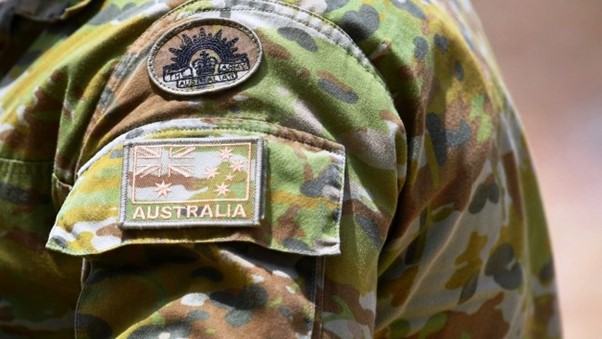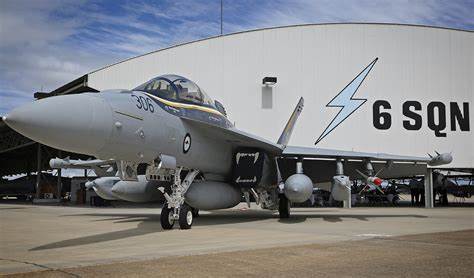The Stern Landing Vessel, a modified oil-rig industry off-shore support vessel, prepares to drop its ramp onto the beach in order to load cargo as part of Project Convergence Capstone Four, Feb. 22, 2024 at the Del Mar Boat Basin, Camp Pendleton, CA. (U.S. Marine Corps photo by Kevin Ray J. Salvador)
The US Marine Corps is set to collaborate with the Australian Army to test an experimental ship, the Stern Landing Vessel (SLV), designed to shape future island-hopping operations. The SLV is being developed as part of the Marines’ Medium Landing Ship (LSM) program, a key element in their Force Design strategy aimed at enhancing mobility for Marine Littoral Regiments in regions like the Indo-Pacific.
The SLV features four stabilizing “feet” for shallow-water landings and a 150-foot ramp for quick vehicle deployment. While testing in Australia, the Marines will refine the design to address challenges such as environmental impact and beach conditions.
Additionally, the Marines are trailing the Autonomous Low-Profile Vessel (ALPV), a 55-foot autonomous ship designed for covert resupply missions. Both vessels are crucial for enabling future operations in contested environments.
The tests will help the Marines better understand their requirements for future amphibious capabilities.
An Autonomous Low-Profile Vessel stands by at the Del Mar Boat Basin as part of Project Convergence Capstone Four, Feb. 23, 2024 at Camp Pendleton, CA. (U.S. Marine Corps photo by Kevin Ray J. Salvador)









